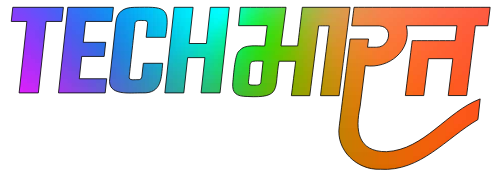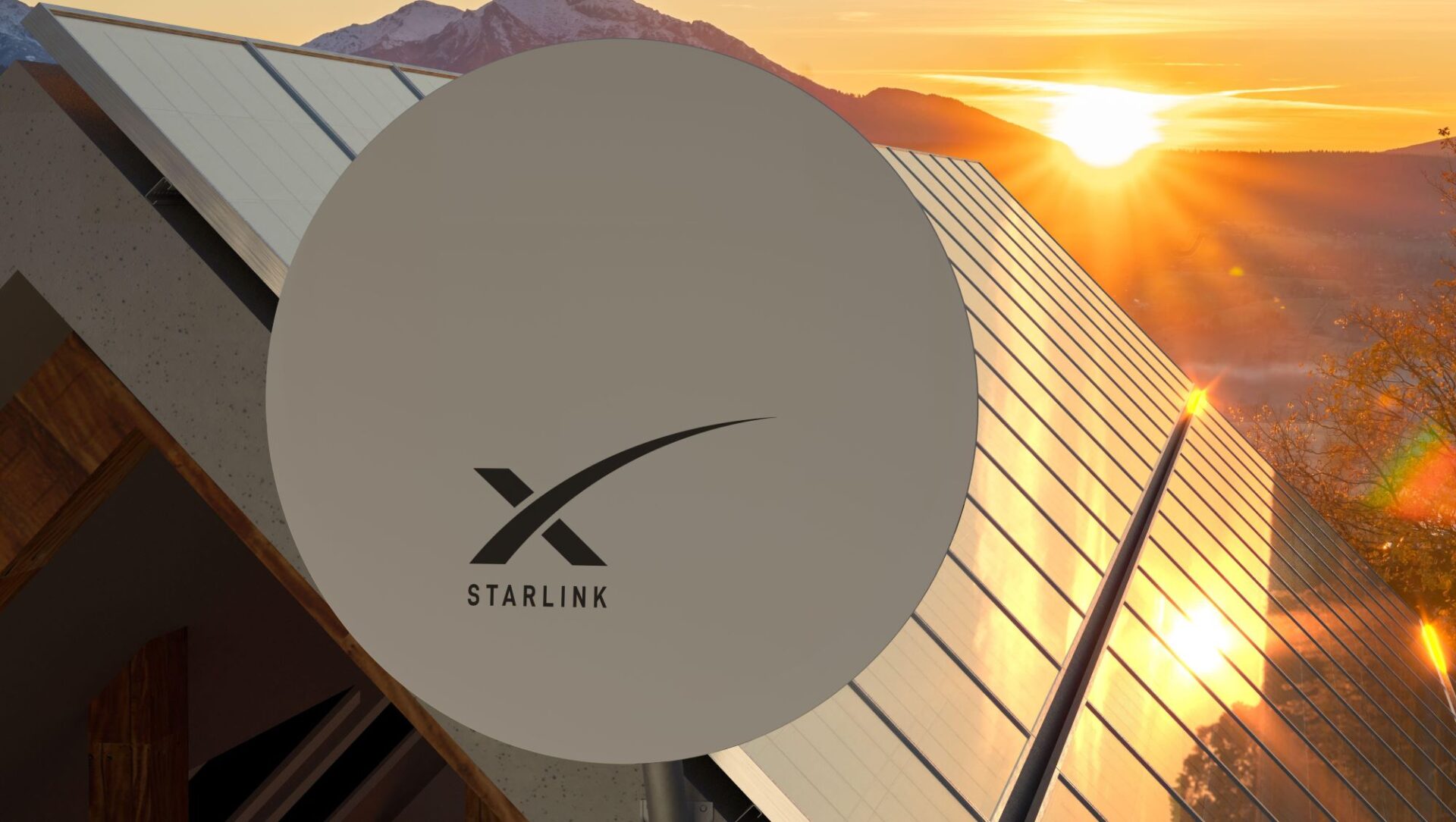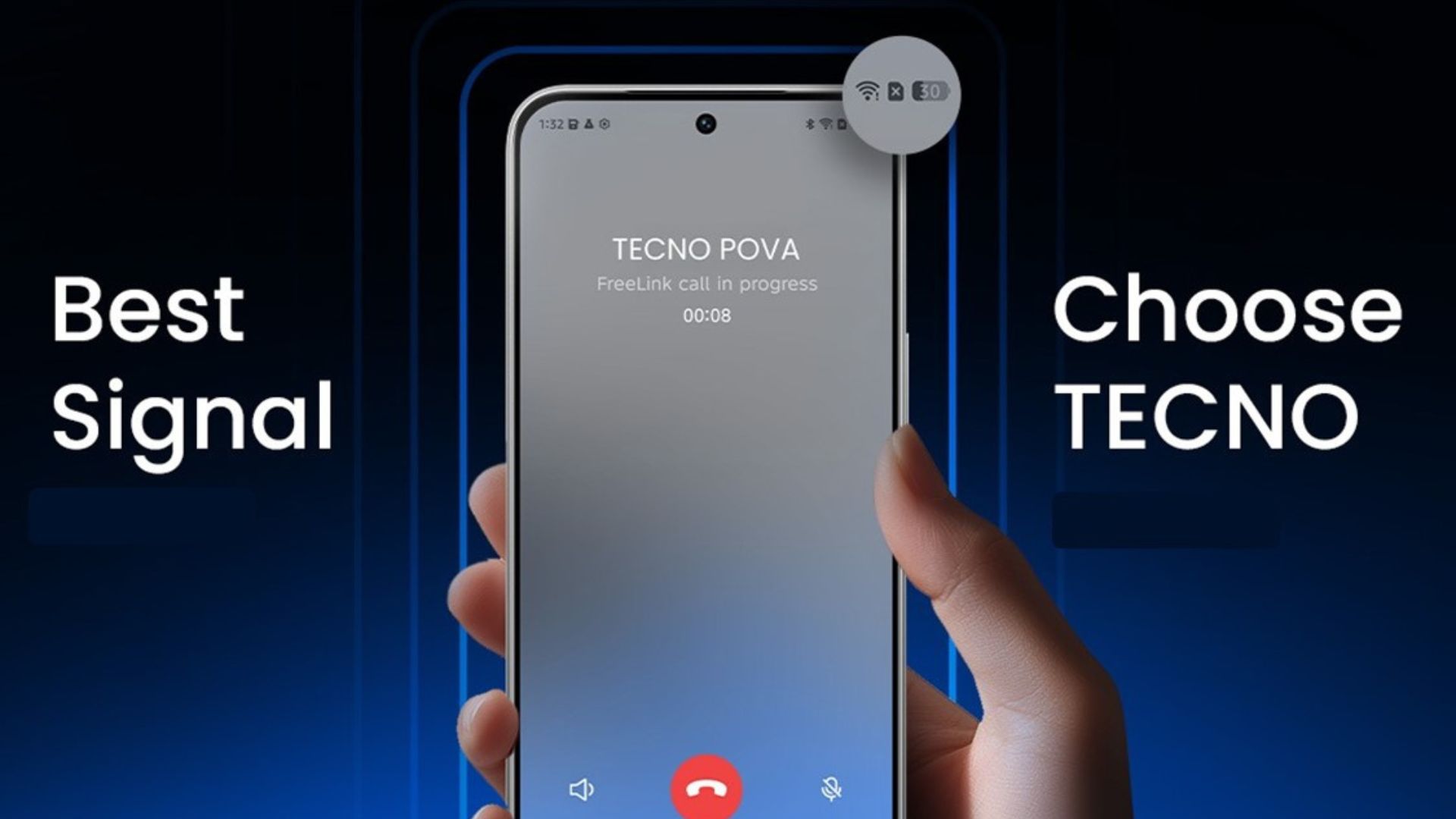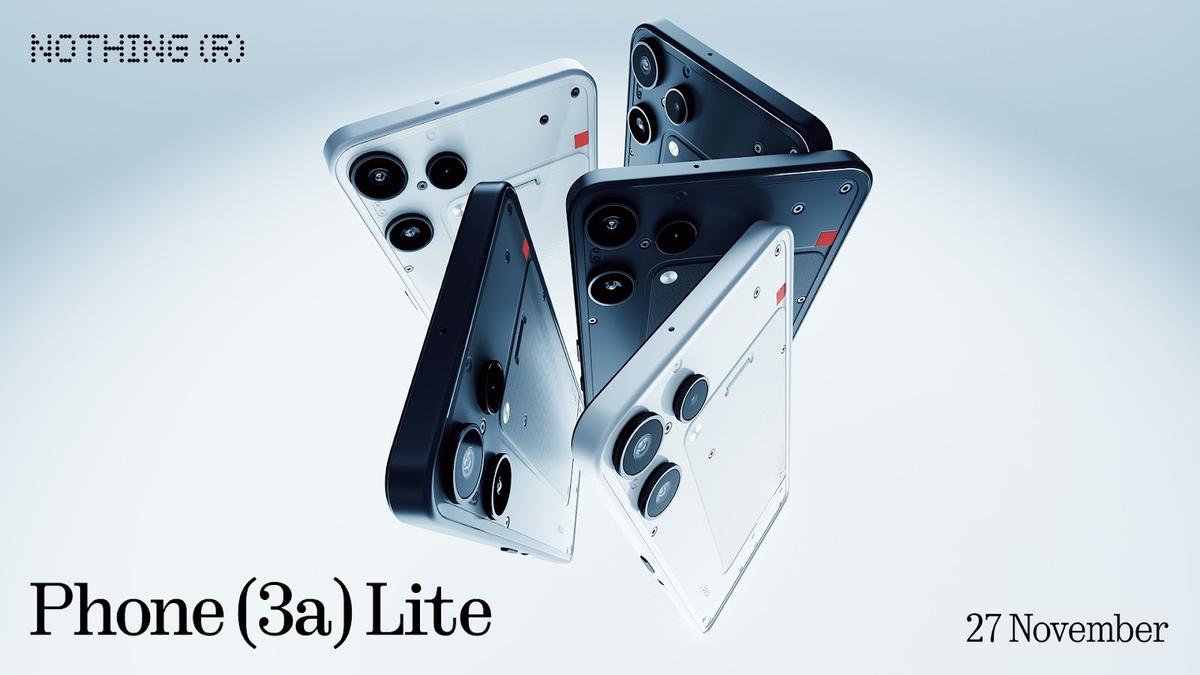Elon Musk’s satellite internet venture, Starlink, is finally on the cusp of launching its services in India, with a rollout anticipated within the next two months. This move could reshape internet access across the country, especially for remote and underserved communities. After securing a pivotal operating license from the Department of Telecommunications (DoT), the company is now waiting on the final green light from the Indian National Space Promotion and Authorisation Centre (IN-SPACe).
If all goes according to plan, Starlink’s high-speed satellite internet could soon become a lifeline for areas long overlooked by conventional broadband infrastructure. The company’s mission to bridge India’s digital divide is taking a significant step forward.
Key Takeaways:
- Starlink is expected to launch its internet services in India within two months.
- The company has received a key operating license from the DoT and awaits final approval from IN-SPACe.
- The Starlink Standard Kit, including the satellite dish and router, is anticipated to cost around ₹33,000. Monthly subscription plans for unlimited data are projected to be between ₹3,000 and ₹4,200.
- Expected internet speeds for users will range from 50 Mbps to 250 Mbps.
- Starlink’s low Earth orbit (LEO) satellite constellation is designed to provide high-speed, low-latency internet in areas where traditional broadband infrastructure is lacking. • The company plans to offer a one-month free trial with each device purchase.
Starlink’s Arrival:
Years in the Making This isn’t a sudden development. Starlink has been working its way through India’s regulatory maze for years. Its first license application dates back almost three years, and only recently did the DoT grant it the crucial approval needed to operate. With a draft letter of intent now issued by IN-SPACe, the final regulatory barriers appear to be falling away. For rural India, where reliable internet has remained elusive, this could be a game-changer.
The Tech Behind the Promise
Starlink operates through a constellation of low Earth orbit (LEO) satellites—currently over 6,750 in operation, making it the largest of its kind globally. These satellites orbit closer to Earth than traditional geostationary satellites, significantly reducing latency. That difference is important; it makes things like video calls, online classes, and even real-time gaming much more seamless.
By 2027, Starlink plans to increase its fleet to a staggering 42,000 satellites. It’s already live in over 100 countries, including regional neighbors like Bhutan, Bangladesh, and Sri Lanka. Observing its performance in these nearby nations gives us a reasonable sense of what we might expect here in India.
What Will It Cost in India?
Pricing, understandably, has been a hot topic. The initial hardware cost for the Starlink Standard Kit is expected to be about ₹33,000. This includes the satellite dish (antenna), a mounting stand, a third-generation Wi-Fi router, necessary cables, and an adapter. It’s aimed at residential users, suitable for everyday online activities—streaming, video calls, online education, or gaming.
This pricing is roughly on par with what users pay in Bangladesh and Bhutan. As for monthly service fees, unlimited data plans are projected to range between ₹3,000 and ₹4,200. That might feel premium to many, but for regions where internet is scarce or outright unavailable, it could be a lifeline. Starlink is also expected to sweeten the deal with a one-month free trial, allowing users to test the waters before diving in.
Speed and Bandwidth Expectations
In terms of performance, users can expect download speeds anywhere between 50 Mbps and 250 Mbps. Of course, these speeds may vary depending on location, weather conditions, and even how clear the sky is—but even at the lower end, it would be a huge upgrade for many rural households.
Starlink’s projected total bandwidth capacity for India sits between 600 and 700 Gbps. That’s plenty to support thousands of users streaming, gaming, and working simultaneously, all with relatively low latency—a hallmark of LEO satellite networks.
The Bigger Picture:
Transforming Connectivity The significance of Starlink’s arrival extends well beyond just faster internet. It has the potential to uplift entire sectors:
- Education: Students in remote areas could finally have reliable access to online learning.
- Healthcare: Telemedicine services could become more feasible, even in isolated villages.
- Small Businesses: Local entrepreneurs could connect with broader markets, expanding their customer base.
- Emergency Services: During disasters, when traditional networks falter, satellite-based communication could save lives.
It also introduces stronger competition into the satellite broadband space. Indian ventures like Eutelsat OneWeb and Jio Satellite Communications have received regulatory approvals, while Amazon’s Project Kuiper is still waiting in the wings. The entry of multiple players could drive down prices and improve services over time.
To smoothen its rollout, Starlink has reportedly formed partnerships with Indian telecom giants like Reliance Jio and Bharti Airtel. These alliances may help it leverage existing infrastructure and simplify distribution—potentially even making the kits available at local retail stores.
Regulatory Path and What Comes Next
Starlink’s road to India hasn’t been straightforward. Initial delays came from concerns about national security and regulatory compliance. But with the DoT license secured and IN-SPACe’s draft letter of intent in place, final authorization seems imminent.
Once the final approval comes through, the company will focus on building ground stations essential for the LEO network. These ground stations act as a bridge between the satellites and the broader internet. Starlink is also preparing to apply for trial spectrum allocation, which might be granted within 15 to 20 days of submission.
If successful, the impact could be monumental. Starlink might not only boost digital access but also enable greater economic participation, especially in parts of India that have remained disconnected for too long.
Frequently Asked Questions (FAQs)
Q1: When is Starlink expected to launch its internet services in India?
A1: Starlink is expected to launch its internet services in India within the next two months, following recent regulatory approvals.
Q2: What is the estimated cost of the Starlink hardware kit in India?
A2: The Starlink Standard Kit, which includes the satellite dish, router, and necessary cables, is anticipated to cost around ₹33,000.
Q3: What are the expected monthly subscription costs for Starlink in India?
A3: Monthly subscription plans for unlimited data are projected to range between ₹3,000 and ₹4,200.
Q4: What internet speeds can users expect from Starlink in India?
A4: Users can expect internet speeds ranging from 50 Mbps to 250 Mbps, depending on factors like location and signal clarity.
Q5: Will Starlink offer a free trial in India?
A5: Yes, Starlink is expected to offer a complimentary one-month trial period with each device purchase.
Q6: How does Starlink’s technology differ from traditional internet services?
A6: Starlink uses a constellation of Low Earth Orbit (LEO) satellites, which are much closer to Earth than traditional geostationary satellites. This results in significantly lower latency and higher speeds, especially beneficial for remote areas without traditional fiber or mobile networks.
Q7: Has Starlink received all necessary approvals to operate in India?
A7: Starlink has received a key operating license from the Department of Telecommunications (DoT) and is currently awaiting final approval from the Indian National Space Promotion and Authorisation Centre (IN-SPACe).
Q8: What kind of impact is Starlink expected to have on internet access in India?
A8: Starlink is expected to significantly improve internet access in rural and remote areas of India, bridging the digital divide and supporting sectors like education, healthcare, and local businesses.



















